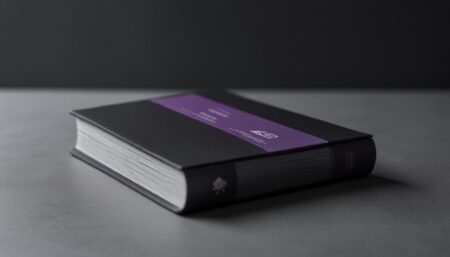The centrifugation market in Korea is set to grow from $46.1 million in 2023 to $80.6 million by 2033, driven by increased diagnostics and research investment.
Growth Projected in Korea’s Centrifugation Market
The centrifugation market in Korea is set for significant growth over the next decade, according to a recent report. Valued at $46.1 million in 2023, the market is forecasted to reach $80.6 million by 2033, demonstrating a compound annual growth rate (CAGR) of 5.75%.
The market encompasses centrifugation equipment and accessories, including various types such as multipurpose centrifuges, microcentrifuges, and ultracentrifuges. These devices, foundational in laboratories for isolating particles based on size, shape, density, and viscosity, play an essential role across clinical, research, and biotherapeutic manufacturing applications. Major end-users include hospitals, blood banks, biotechnology and pharmaceutical companies, and academic research institutes.
Equipment Segment Dominates the Market
The equipment segment led the market with a 72.65% share in 2022. Laboratory centrifuges are pivotal tools in today’s scientific environments, especially in chemistry, biochemistry, and molecular biology labs. This dominance is expected to persist, reflecting the ongoing need for precise separation processes in various medical and research settings.
Rise of Floor-Standing Centrifuges
Floor-standing centrifuges are anticipated to witness the highest growth rates between 2023 and 2033. These centrifuges are crafted for standard laboratory procedures and are invaluable in environments that require substantial sample container capacity or extremely high centrifugation speeds. Their applications are crucial in clinical diagnostics, blood banks, and pharmaceutical laboratories.
Dominance of Research Applications
Research held a substantial 42% market share in applications for centrifuges in 2022. In the life sciences, centrifugal force separation techniques are essential, particularly in biological research. This technique is integral to numerous investigations, influencing a broad spectrum of research activities.
Market Drivers and Challenges
The market’s expansion is primarily driven by the increasing diagnostics of diseases and bolstered research and development expenditure in Korea. Diagnostic testing’s evolution necessitates centrifugation for virology and diagnosis. Concurrently, Korea’s flourishing biotech sector, supported by significant funding, amplifies the utilisation of centrifuges, propelling market growth.
However, the sector faces challenges, including high competition and market saturation. The Korean medical devices sector has rapidly expanded, and this growth includes the proliferation of local manufacturers offering centrifuge solutions. Moreover, the high maintenance cost of centrifuges, due to wear and tear from continuous high-speed use, poses additional hurdles.
Opportunities in AI Integration
On the opportunity front, the integration of artificial intelligence (AI) in centrifugation processes is noteworthy. Korea is making substantial investments in AI to streamline centrifugation, automate maintenance, and enhance machine efficiency, setting the stage for advanced technological adoption in the healthcare and scientific research sectors.
Market Outlook
The “Korea Centrifugation Market – A Country Level Analysis” report offers a comprehensive outlook on the market, covering various segments and providing insights into key drivers, challenges, and opportunities. It emphasises the critical role of centrifugation in advancing Korea’s healthcare and research industries.
Notable companies operating in the Korean centrifugation market include Agilent Technologies, Inc., Bio-Rad Laboratories, Inc., Eppendorf SE, and Thermo Fisher Scientific, Inc., among others. These entities continue to innovate and expand their offerings, ensuring they remain at the forefront of the evolving market landscape.










